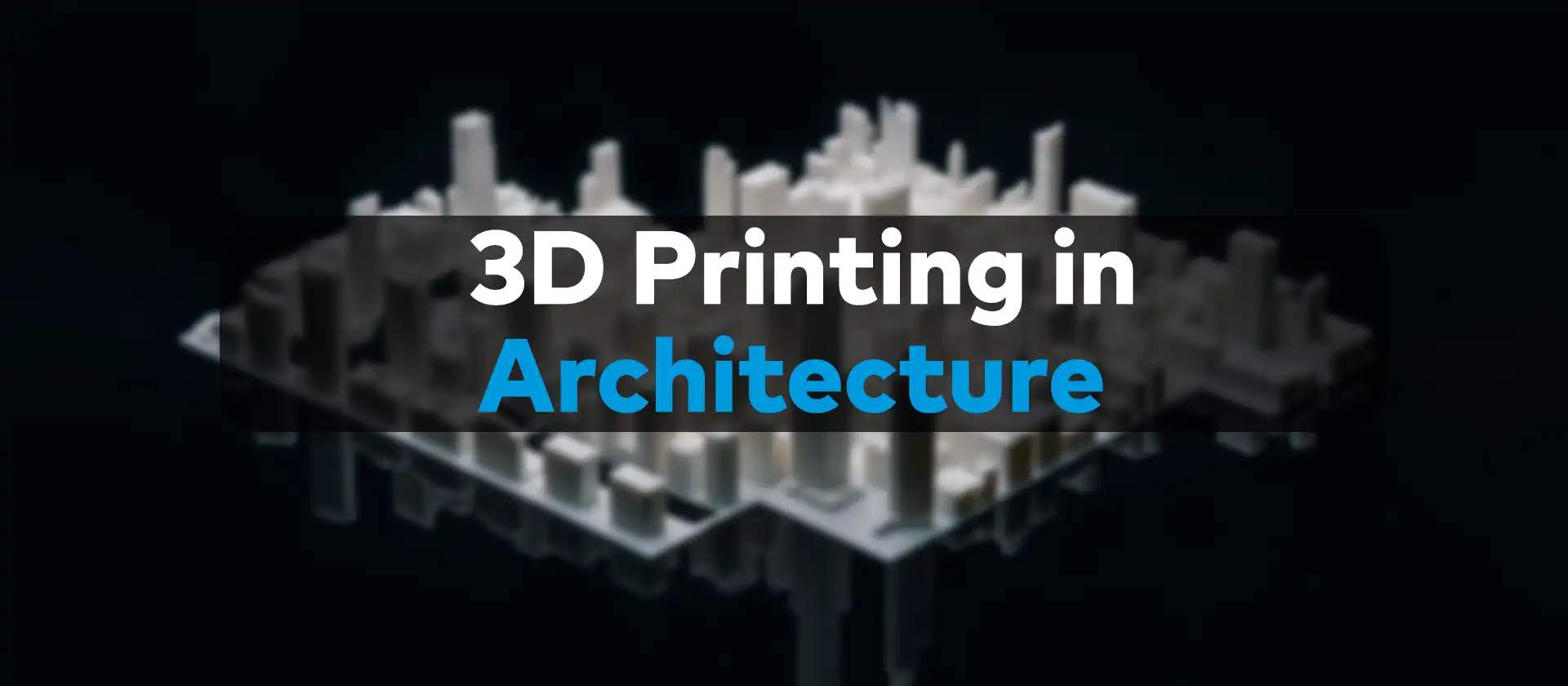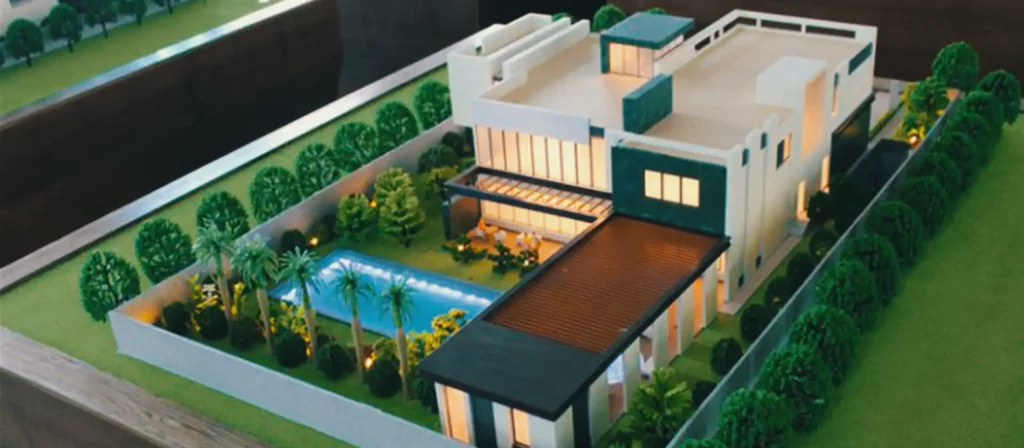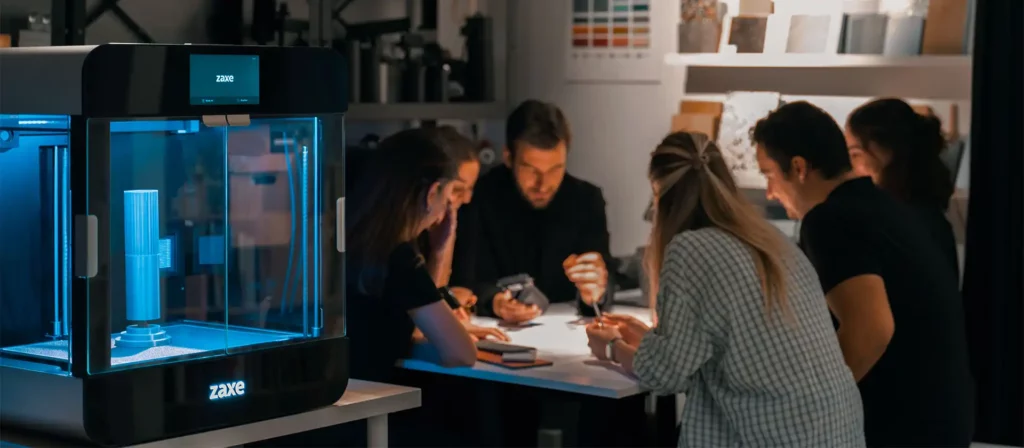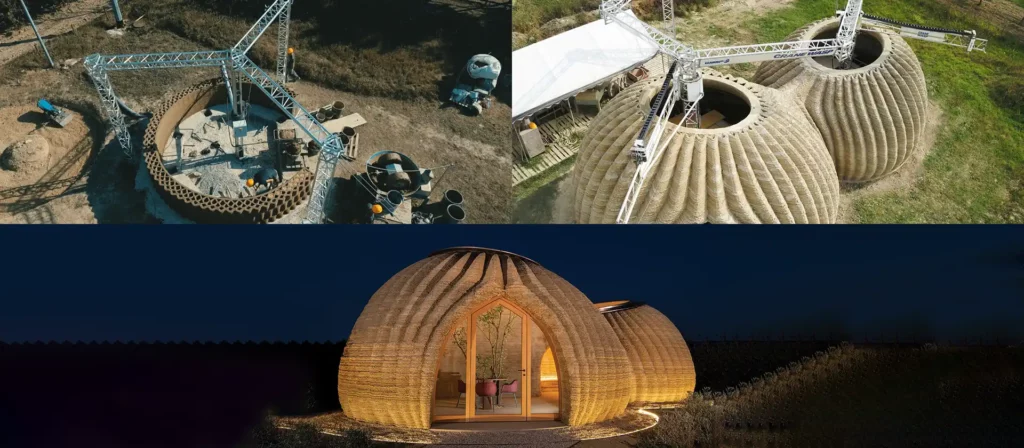
3D Printing in Architecture
Few fields adopted additive manufacturing methods as effectively and prominently as the architecture industry. The flexibility and speed of 3D printing satisfy the needs of architects and architecture students so perfectly that it is becoming a staple in the field. Expensive paper models are becoming a thing of the past and architects are discovering the true potential of additive manufacturing each day this manufacturing method establishes itself in the industry.

Model Making in Architecture
Since the hay days of humanity’s switch to settled life, architecture has been a big part of civilizations. Structures that would be considered beyond human imagination in the past were made possible through hard work and careful planning that was made by the early architects. Like any other great human achievement, architects rely on careful planning, nitpicking, and optimization to perfect their projects. Even in ancient times, clay, wood, and copper were used to make primitive models that would be used as a blueprint for the biggest architectural projects.
Architectural model making tools come a long way since then with many options being available to the industry. 3D architectural modeling services are an industry in itself as the demand for physical models is extremely high. For a long time, the model makers used paper models to pitch their designs to clients and investors, and a lot of architectural students are still expected to use these paper models for school projects. But now, thanks to some technological developments, there is a new method that provides much better results.

How Do Architects Use 3D Printers?
Realistic 3D architectural models are a must when capturing the imagination of the spectator and visualizing projects. The fast production times and the ability to create complex geometries in a matter of hours make 3D printing one of the go-to methods when it comes to model-making for architects. In addition to that, 3D printed architectural models cost a fraction of what they would if they were made using more traditional manufacturing methods. 3D printing architectural models provide
Colorful, detailed, scalable environments for visual presentations and architects have been taking advantage of this freedom by making amazing compositions that display their vision for the project. All they need is a 3D printer, 3D models for the environment, and a couple of spools of filaments and their architectural magnum opus is on full display.
It’s not only a matter of planning of course. Architects already have a pretty good idea of what their projects will look like and what the construction process will look like. 3D printers help with the marketing of these ideas tremendously. No matter how good the project is, presentation plays a big part in selling an idea. Professionally made 3D printed presentations foreshadow the professionalism that will come into play when the project starts.

Developments in 3D Printing for Architectures
Architectural model making is not where 3D printers’ applications in the field end. As 3D printing technology improves, drones and other unmanned vehicles get better and accommodation becomes a problem in growing countries, 3D printing buildings is becoming an attractive idea. There are already companies out there that make massive 3D printing, not devices exactly, but setups that can 3D print small structures.
The quality of these buildings is of course not as high as they would be if they were built through traditional methods, but this can marks the beginning of a huge thing. If the printed houses get better over time, they might be the solution to the ongoing housing problems. And their combination with the already blooming drone industry can make it possible to print shelters in remote places before expeditions and military campaigns start, before a person even steps into the environment.
Final Thoughts
The possibilities are endless is a cliche at this point, especially when talking about tech considering possibilities are always endless with tech. But just because it’s a cliche, doesn’t mean it is not true. 3D printing already helps architects in so many ways that we doubt they will fall behind in catching up to the developments in technology. 3D printing has the potential to change architecture as we know in the future it and only time will tell how these two industries will intersect again.
